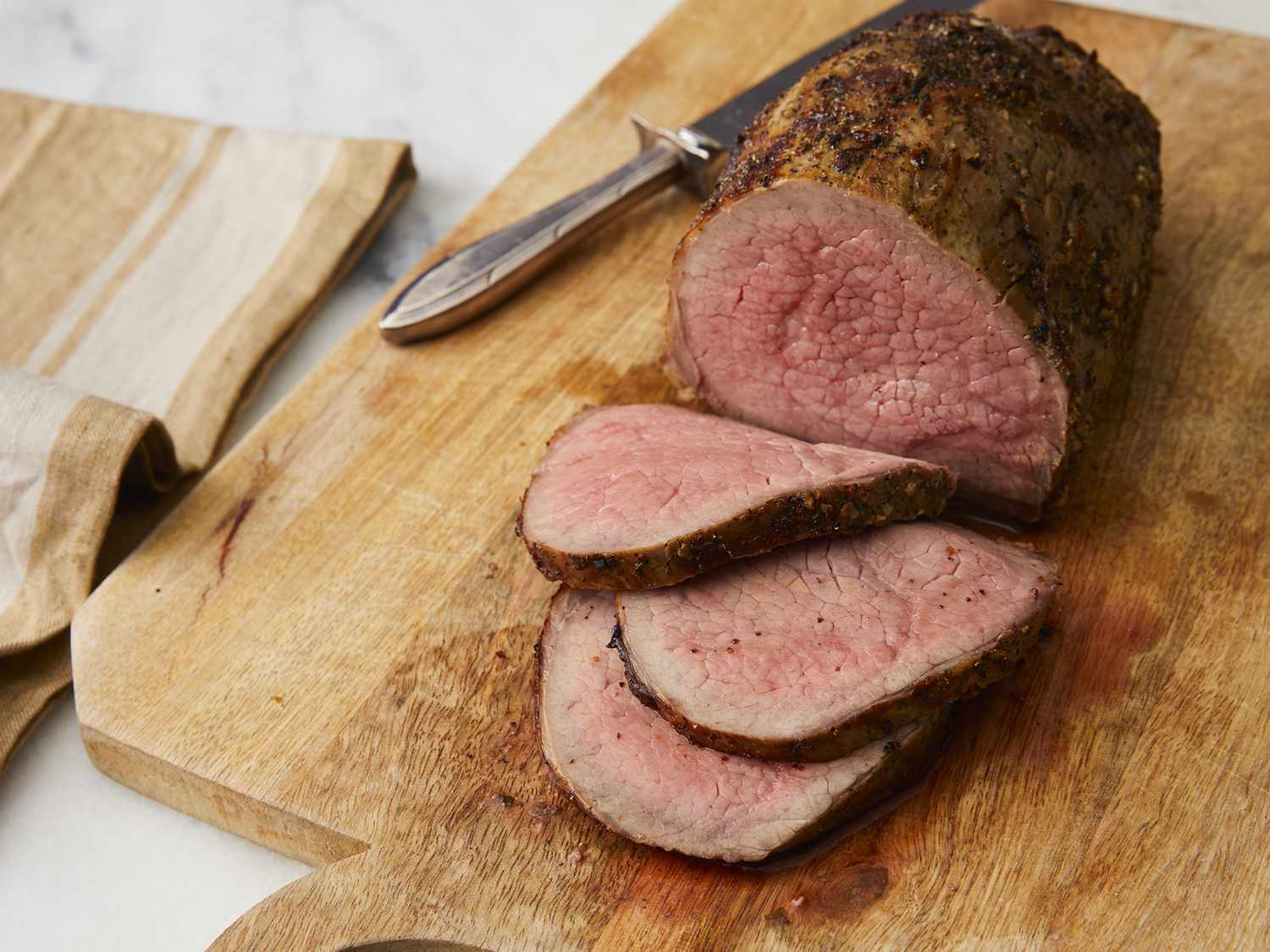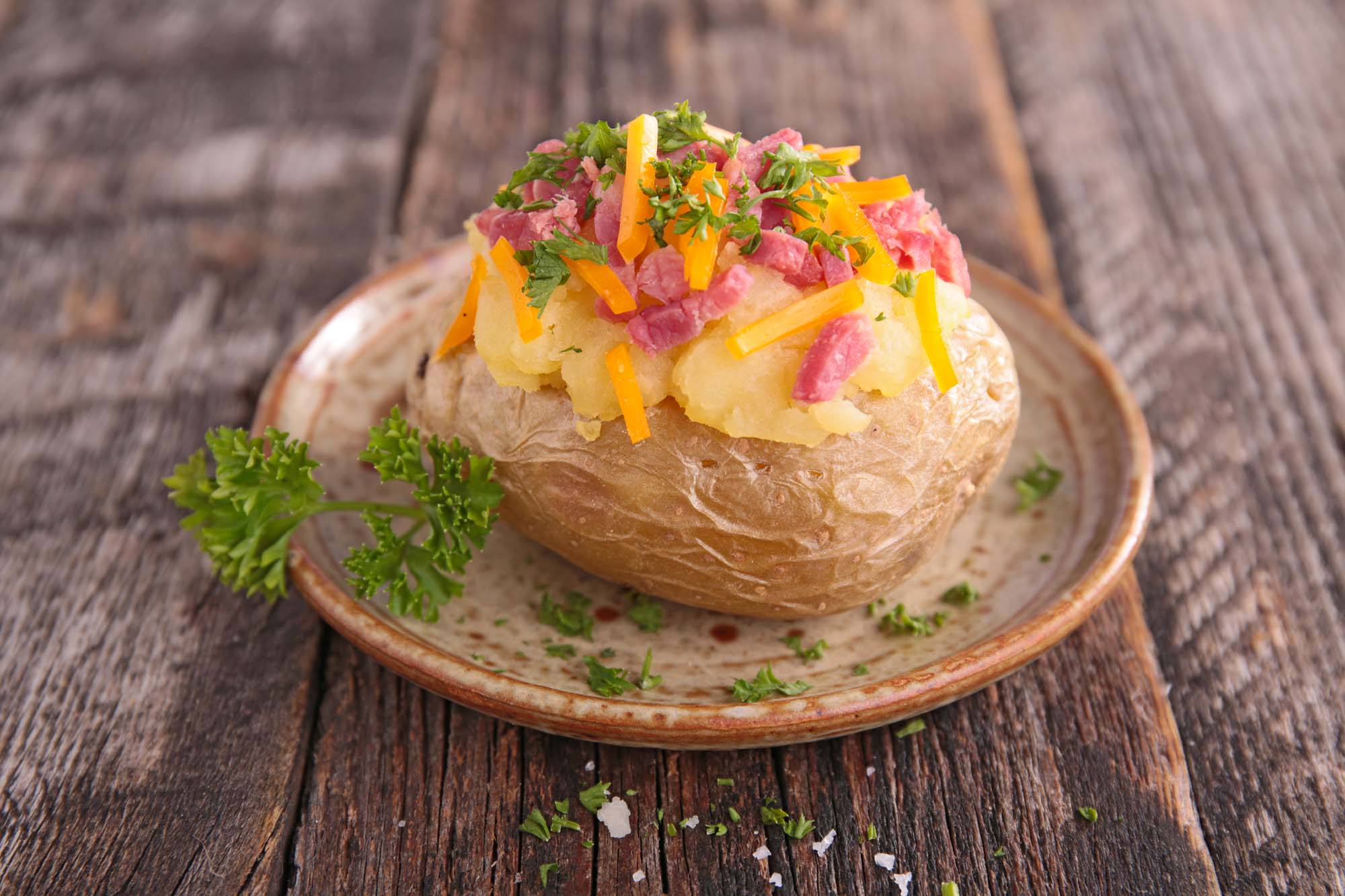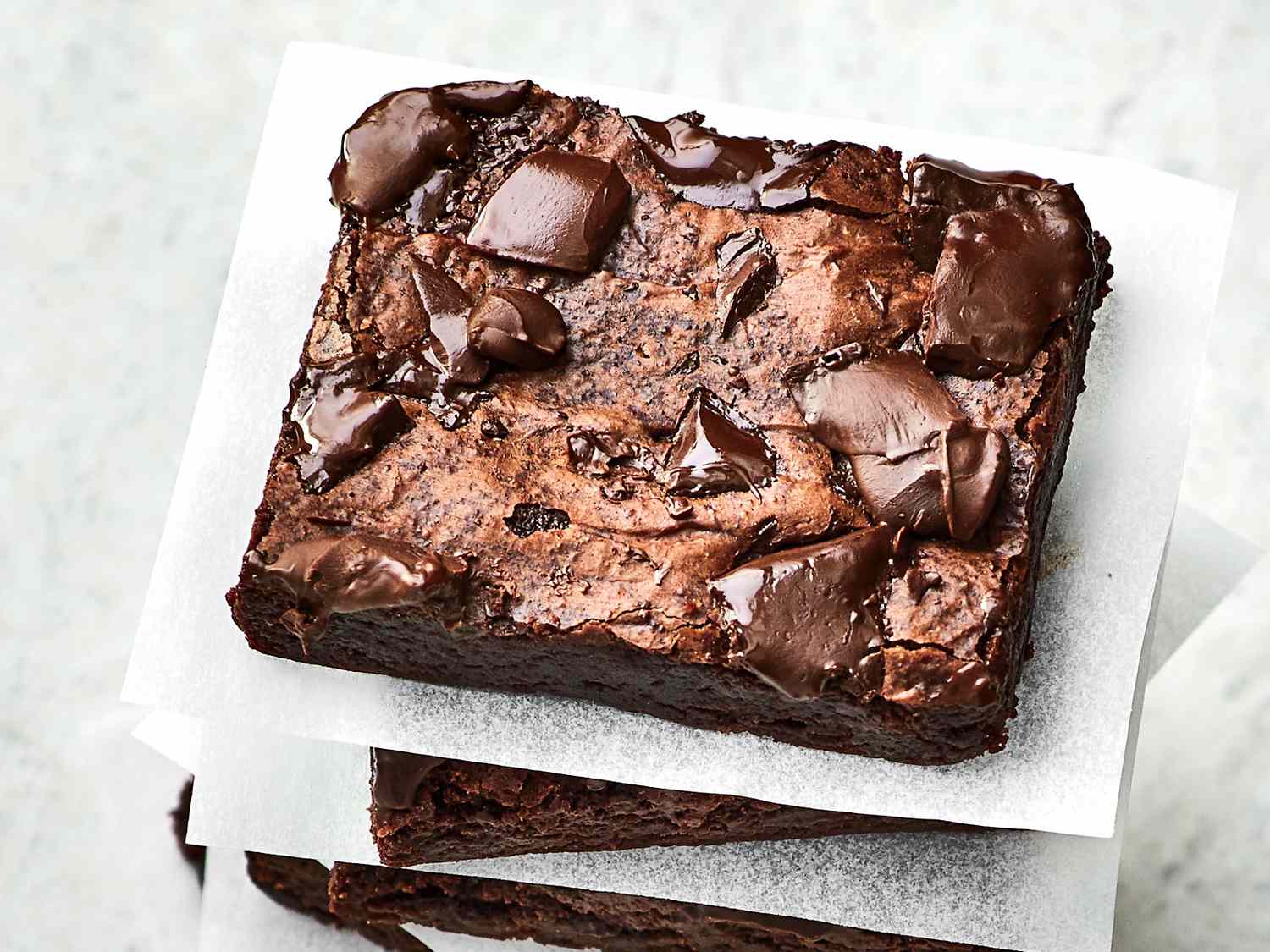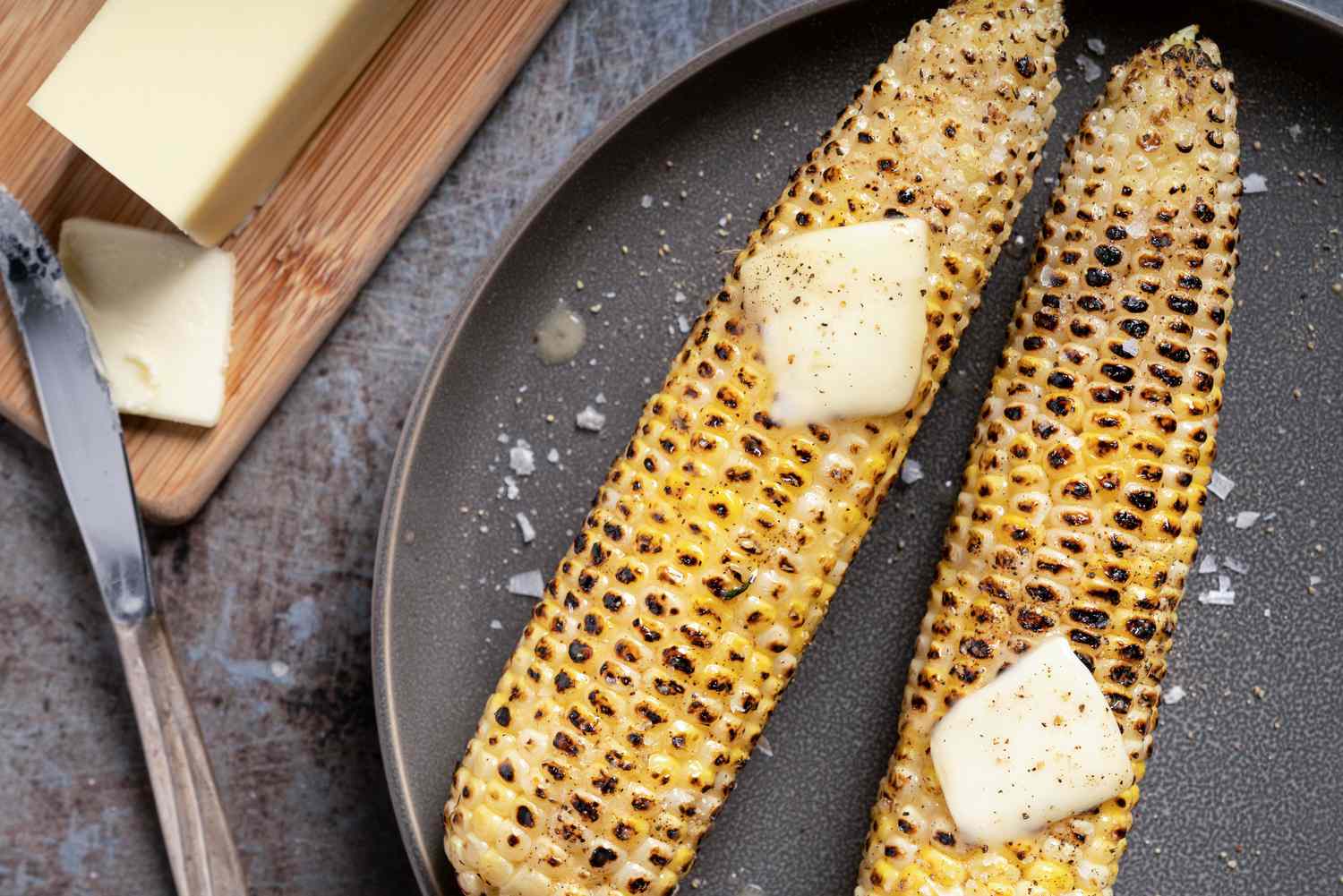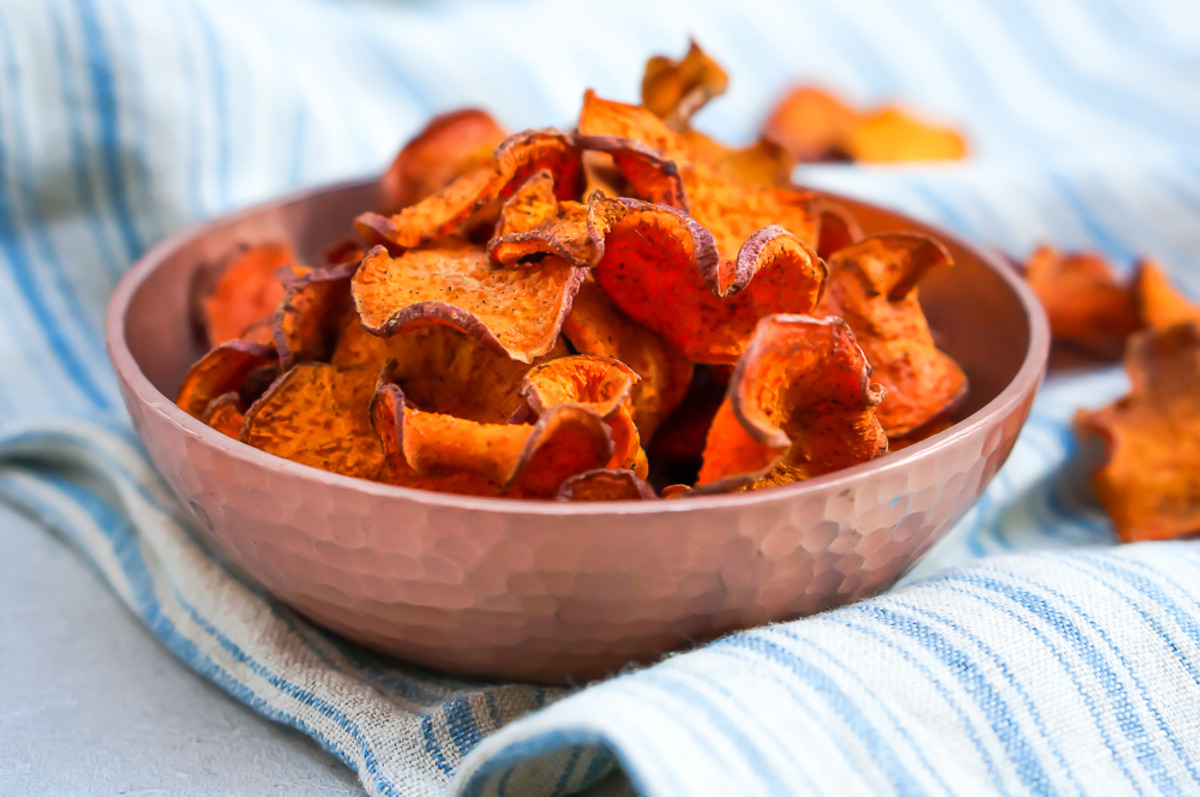Homebrewing: How To Brew A Russian Imperial Stout
Are you a beer lover who enjoys a strong, rich, and full-bodied brew? Look no further than the classic Russian Imperial Stout. Originating from Russia in the 18th century, this style has gained popularity among craft beer enthusiasts for its intense flavors and high alcohol content. Brewing your own Russian Imperial Stout at home may seem like a daunting task, but fear not! In this guide, we’ll take you through the step-by-step process to create a delicious batch of this iconic beer.
Ingredients You’ll Need:
- 11 pounds of malt extract (preferably a mix of dark and light malt extract)
- 1 pound of specialty grains (such as chocolate malt or roasted barley)
- 1 ounce of bittering hops (such as Magnum or Northern Brewer)
- 1 ounce of flavoring hops (such as Cascade or Willamette)
- 1 package of dried ale yeast (a strain suitable for stouts)
- 1 teaspoon of Irish moss (for clarity)
- 5 ounces of priming sugar (for carbonation)
The Brewing Process:
Step 1: Prepare Your Equipment
Before diving into the brewing process, ensure that you have all the necessary equipment. This includes a large pot for boiling, a fermenting vessel with an airlock, a siphoning tube, a hydrometer, and sanitized bottles for bottling the final product.
Step 2: Steep The Grains
Start by placing your specialty grains in a mesh bag and steep them in hot water (around 150°F) for around 30 minutes. This process will extract the flavors and colors from the grains and contribute to the overall complexity of your stout.
Step 3: Boil the Wort
Remove the grain bag and bring the liquid (now called the wort) to a gentle boil. Gradually add the malt extract while stirring continuously to prevent scorching. This will provide the base sugar content and fermentable material for your beer.
Step 4: Hop Addition
Add the bittering hops to the boiling wort and let them simmer for about an hour. Towards the end of the boil, add the flavoring hops for the final touch of aroma and taste. This will balance out the sweetness of the malt and add a distinct hop character to your Russian Imperial Stout.
Step 5: Fermentation
Cool the boiled wort rapidly and transfer it to your sanitized fermenting vessel. Add the yeast and seal the vessel with an airlock. Keep the fermentation temperature steady around 65-70°F for optimal yeast activity. Allow the beer to ferment for about two weeks or until the specific gravity stabilizes.
Step 6: Carbonation and Bottling
Add priming sugar to the fermenter to initiate carbonation. Carefully transfer the beer to sanitized bottles, leaving behind any sediment. Cap the bottles securely and let them condition for at least two weeks at room temperature. During this time, the remaining yeast will consume the priming sugar, creating natural carbonation in the bottle.
Enjoying Your Russian Imperial Stout
After the conditioning period, your homemade Russian Imperial Stout is ready to be enjoyed. Pour it into a glass and admire the dark, velvety appearance with a thick tan head. Allow the flavors of roasted malt, chocolate, coffee, and hints of dark fruit to dance across your palate. Savor the high alcohol content that provides warmth and complexity. This beer is perfect for indulging on a cold winter’s night or pairing with rich desserts.
Now that you know the secrets of homebrewing a Russian Imperial Stout, it’s time to gather your ingredients and embark on this brewing journey. With a little patience and attention to detail, you’ll soon be able to savor the rewards of your labor. So, roll up your sleeves, grab your brewing equipment, and get ready to create a beer that’s worthy of the Russian czars themselves!
Was this page helpful?
Read Next: Homebrewing: How To Brew Dry Stout


